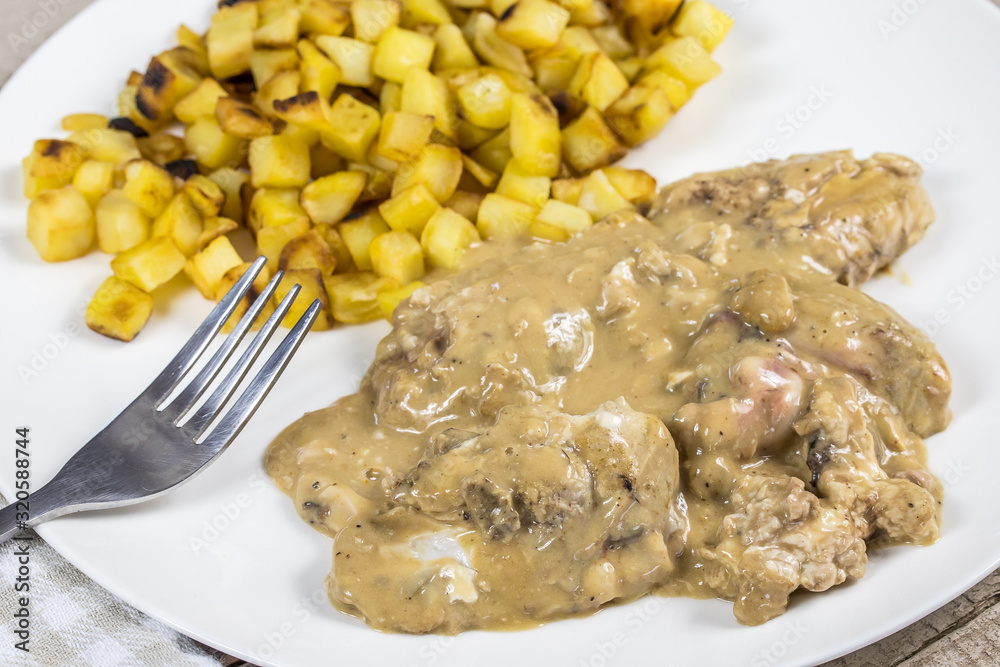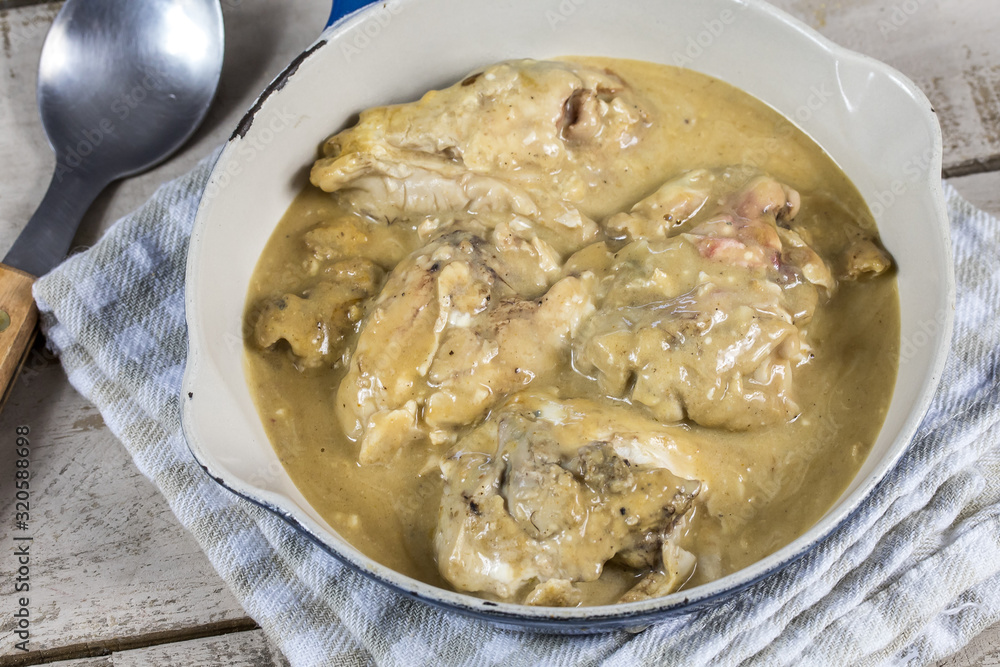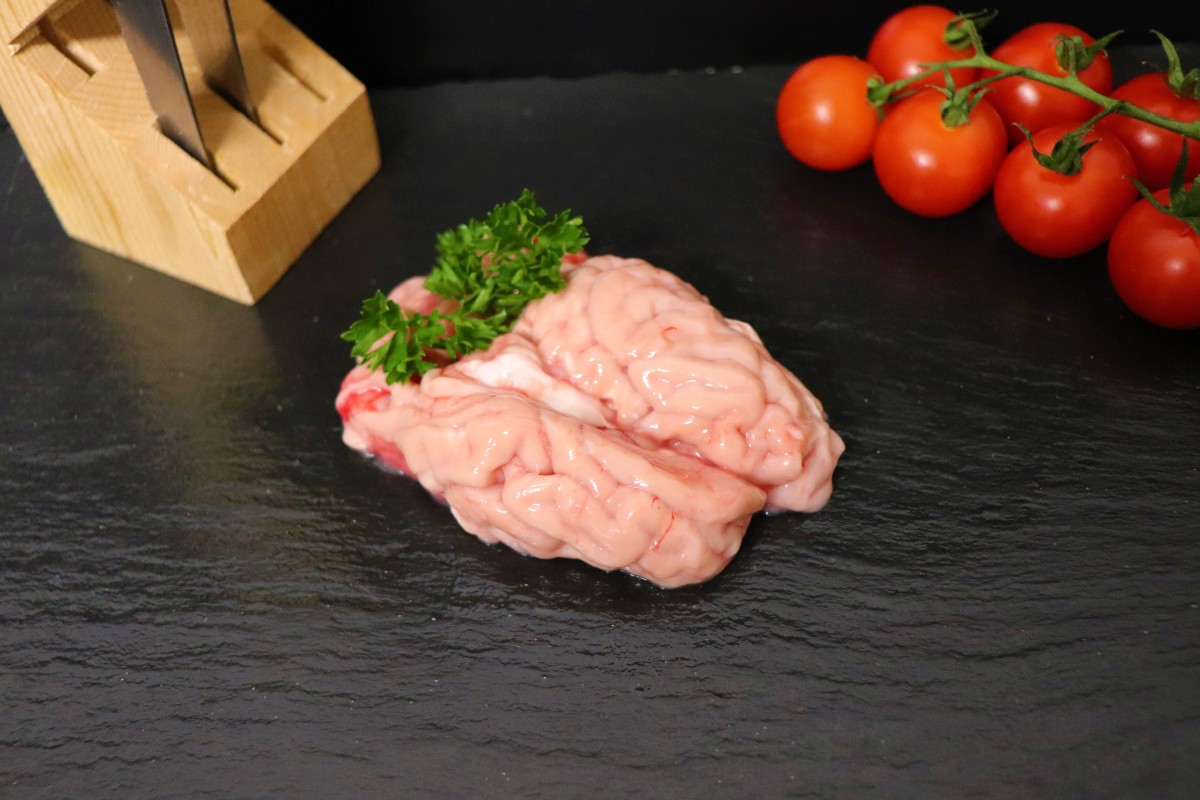Cervelle De Porc: A Delicacy That’s Worth Discovering
**Ever heard of cervelle de porc?** If you’re a food enthusiast or someone who loves exploring unique culinary experiences, this is one dish that deserves your attention. Imagine creamy, flavorful, and slightly tangy goodness served in a way that’s both rustic and refined. Cervelle de porc, or pig brain, might sound unusual to some, but it’s a delicacy with a rich history and a growing fanbase around the world. Whether you’re a curious eater or just looking for something new to try, this dish is bound to intrigue you.
This dish isn’t just about flavor—it’s also steeped in tradition. In many cultures, nose-to-tail dining isn’t just a trend; it’s a way of life. Using every part of the animal, including the brain, is seen as a sign of respect for the animal and a way to minimize waste. And let’s not forget the nutritional benefits! Pig brain is packed with essential nutrients that can boost brain function and overall health. So, before you dismiss it, hear us out.
As we dive deeper into the world of cervelle de porc, you’ll discover why it’s more than just a dish—it’s an experience. From its preparation to its cultural significance, this article will take you on a journey through the history, preparation, and modern-day relevance of pig brain as a delicacy. Ready to explore? Let’s get started!
What Exactly Is Cervelle de Porc?
Let’s break it down for you. Cervelle de porc, which translates to pig brain in English, is a traditional French dish that’s been around for centuries. While it might sound intimidating, the dish is actually quite simple in concept. It’s typically prepared by boiling or steaming the pig brain and then mixing it with herbs, spices, and sometimes even vinegar or lemon juice for a tangy twist.
But why pig brain, you ask? Well, back in the day, people didn’t have the luxury of wasting any part of an animal. Every piece was used, from the head to the tail. Over time, certain parts, like the brain, became prized for their unique texture and flavor. Pig brain has a delicate, almost custard-like consistency when cooked properly, making it a favorite among adventurous eaters.
The Cultural Significance of Pig Brain
Cervelle de porc isn’t just a dish—it’s a cultural symbol. In many parts of Europe, particularly in France and Spain, pig brain has been a staple in traditional cuisine for generations. It’s often served during special occasions or family gatherings, making it more than just food; it’s a connection to the past.
Interestingly, the dish also holds significance in other parts of the world. In Asian cuisine, for example, pig brain is often used in soups or stir-fries, showcasing the versatility of this humble ingredient. Whether you’re in a bustling Parisian market or a quiet village in Thailand, you’ll find variations of pig brain dishes that reflect the local culture and traditions.
How Is Cervelle de Porc Prepared?
Preparing cervelle de porc might seem daunting at first, but with the right techniques, it’s actually quite straightforward. The key is to handle the brain gently to preserve its delicate texture. Here’s a quick rundown of the preparation process:
- Cleaning: The first step is to thoroughly clean the brain to remove any impurities. This usually involves rinsing it under cold water and sometimes soaking it in milk or saltwater to neutralize any strong flavors.
- Cooking: Once cleaned, the brain is typically boiled or steamed until it’s cooked through. Some chefs prefer to poach it in a flavorful broth to add depth to the dish.
- Seasoning: After cooking, the brain is seasoned with herbs like thyme, parsley, or chives, and a splash of vinegar or lemon juice for a tangy kick.
The result? A creamy, flavorful dish that’s both comforting and exciting. And let’s not forget the presentation! Cervelle de porc is often served in a ramekin or on a bed of greens, making it visually appealing as well as delicious.
Tips for Cooking Cervelle de Porc at Home
If you’re feeling adventurous and want to try cooking cervelle de porc at home, here are a few tips to help you get started:
- Start with fresh ingredients. Look for high-quality pig brain from a trusted butcher.
- Don’t rush the cleaning process. Taking the time to properly clean the brain will make a big difference in the final taste.
- Experiment with flavors. While traditional recipes call for simple herbs and spices, feel free to add your own twist. Think chili flakes, garlic, or even a dash of truffle oil.
Remember, cooking cervelle de porc is all about balance. You want the flavors to complement the delicate texture of the brain without overpowering it. With a little practice, you’ll be serving up restaurant-quality dishes in no time!
Health Benefits of Eating Cervelle de Porc
Now, let’s talk about the elephant in the room—or rather, the brain on the plate. Is eating pig brain actually good for you? The answer might surprise you. Pig brain is packed with essential nutrients that can benefit your health in a number of ways:
- Rich in Omega-3 Fatty Acids: These healthy fats are known to support brain function and reduce inflammation.
- High in Protein: Pig brain is a great source of protein, making it a filling and nutritious addition to any meal.
- Packed with Vitamins and Minerals: From B-vitamins to zinc and iron, pig brain offers a range of essential nutrients that your body needs to thrive.
Of course, moderation is key. While pig brain can be a healthy part of your diet, it’s important to balance it with other nutrient-rich foods. And if you’re concerned about safety, rest assured that modern food safety standards ensure that pig brain is safe to consume when properly prepared.
Addressing Common Concerns About Eating Pig Brain
We get it—eating pig brain might not be for everyone. But before you dismiss it entirely, consider this: many of the concerns people have about eating pig brain are based on outdated information or misconceptions. For example, some people worry about the risk of diseases like mad cow disease. However, rigorous testing and strict regulations ensure that the pig brain you buy from reputable sources is safe to eat.
Another common concern is the ethical implications of eating offal. While it’s true that some people choose not to eat animal products for ethical reasons, others see nose-to-tail dining as a way to honor the animal and reduce waste. It’s all about personal choice and values.
Cervelle de Porc Around the World
While cervelle de porc is most commonly associated with French cuisine, it’s actually enjoyed in many parts of the world. From Asia to Europe, pig brain dishes come in all shapes and sizes, each reflecting the local culture and traditions. Here are a few examples:
- France: As we’ve already mentioned, cervelle de porc is a classic French dish that’s been enjoyed for centuries.
- Thailand: In Thailand, pig brain is often used in soups or curries, adding a creamy texture and rich flavor to the dish.
- Mexico: In Mexican cuisine, pig brain is sometimes used in tacos or stews, offering a unique twist on traditional recipes.
No matter where you go, one thing is clear: pig brain is a versatile ingredient that can be adapted to fit a variety of culinary styles. Whether you’re in Paris or Bangkok, you’re sure to find a dish that showcases the unique qualities of this humble ingredient.
Modern Takes on Cervelle de Porc
While traditional recipes for cervelle de porc are still popular, modern chefs are finding new and innovative ways to incorporate pig brain into their dishes. From gourmet burgers to fusion tacos, the possibilities are endless. Here are a few examples:
- Pig Brain Croquettes: These crispy, golden treats are perfect for snacking or as a starter.
- Cervelle de Porc Pasta: A creamy pasta dish that combines pig brain with fresh herbs and a splash of white wine.
- Pig Brain Salad: A refreshing salad that features lightly cooked pig brain tossed with fresh greens and a tangy vinaigrette.
As you can see, the culinary world is full of exciting possibilities when it comes to cervelle de porc. Whether you prefer classic recipes or modern twists, there’s something for everyone to enjoy.
Where to Find Cervelle de Porc
So, where can you find cervelle de porc? Depending on where you live, your options may vary. In major cities, you’re likely to find pig brain at specialty butchers or ethnic markets. If you’re lucky, you might even come across it on the menu at a high-end restaurant or food festival.
If you’re having trouble finding pig brain locally, don’t worry—there are plenty of online retailers that specialize in offal and other specialty ingredients. Just be sure to do your research and choose a reputable source to ensure quality and safety.
Ordering Cervelle de Porc at a Restaurant
When ordering cervelle de porc at a restaurant, it’s important to know what to expect. Some dishes may be more adventurous than others, so don’t hesitate to ask your server for recommendations or explanations. And if you’re dining with friends or family, consider sharing a dish to try something new without committing to a full portion.
Remember, the key to enjoying cervelle de porc is to keep an open mind and a adventurous palate. Who knows—you might just discover a new favorite dish!
Conclusion: Why You Should Give Cervelle de Porc a Try
As we wrap up our journey through the world of cervelle de porc, we hope you’ve gained a new appreciation for this often-overlooked delicacy. From its rich history to its nutritional benefits, pig brain has a lot to offer for those willing to give it a chance. Whether you’re a seasoned foodie or just looking to expand your culinary horizons, cervelle de porc is definitely worth exploring.
So, what are you waiting for? Head to your local butcher, grab some pig brain, and start experimenting in the kitchen. And don’t forget to share your creations with us! Leave a comment below or tag us on social media—we’d love to see what you come up with. Happy cooking, and bon appétit!
Table of Contents
- What Exactly Is Cervelle de Porc?
- The Cultural Significance of Pig Brain
- How Is Cervelle de Porc Prepared?
- Tips for Cooking Cervelle de Porc at Home
- Health Benefits of Eating Cervelle de Porc
- Addressing Common Concerns About Eating Pig Brain
- Cervelle de Porc Around the World
- Modern Takes on Cervelle de Porc
- Where to Find Cervelle de Porc
- Ordering Cervelle de Porc at a Restaurant



Detail Author:
- Name : Holden Becker
- Username : chad49
- Email : tschiller@gmail.com
- Birthdate : 2006-04-25
- Address : 60193 Morissette Walk Apt. 453 West Michel, SD 95615
- Phone : +1-743-483-1504
- Company : Weissnat-Gerhold
- Job : Movie Director oR Theatre Director
- Bio : Molestias facilis officia nostrum nobis culpa. Quis labore quos dolor et. Ducimus nobis possimus vitae nihil enim.
Socials
facebook:
- url : https://facebook.com/raegan.schowalter
- username : raegan.schowalter
- bio : Et qui aut blanditiis nesciunt aliquid dolorem vitae.
- followers : 5119
- following : 2306
twitter:
- url : https://twitter.com/schowalterr
- username : schowalterr
- bio : Id voluptatem ut repellat sunt. Sed cumque ut quas rerum. Ut corporis magnam quo non qui nihil. Illum voluptatem saepe tenetur explicabo sed natus rem iusto.
- followers : 1515
- following : 151
linkedin:
- url : https://linkedin.com/in/schowalter1981
- username : schowalter1981
- bio : Eveniet quia molestiae dignissimos dicta cumque.
- followers : 3308
- following : 512
tiktok:
- url : https://tiktok.com/@schowalter2014
- username : schowalter2014
- bio : Ratione quaerat quaerat magni laborum vero culpa vel.
- followers : 3150
- following : 823
instagram:
- url : https://instagram.com/raegan.schowalter
- username : raegan.schowalter
- bio : Sed quae tempora a soluta. Sed quas officiis autem odio sunt. Animi exercitationem commodi error.
- followers : 4898
- following : 862